Bated Breath
As the drones circled the area, he sat nervously at the screen waiting for the confirmation. The very idea that they could find something this big after all these years had him on tenterhooks.
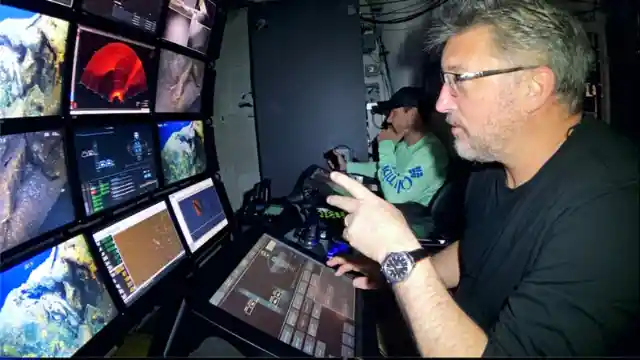
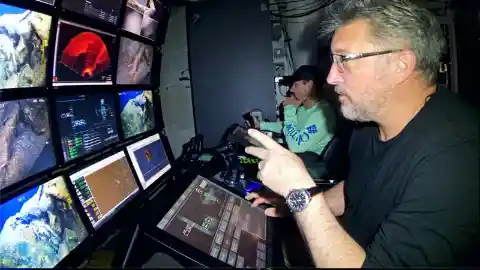
It was like watching the lottery numbers being announced. Then suddenly, a blip appeared on the radar screen. How could something go this wrong when he was so close!
Obsessed
Ocean explorer Tim Taylor was on the hunt. A seasoned diver and underwater investigator, Tim was on a mission to recover every one of the 52 US Navy submarines lost during World War II.

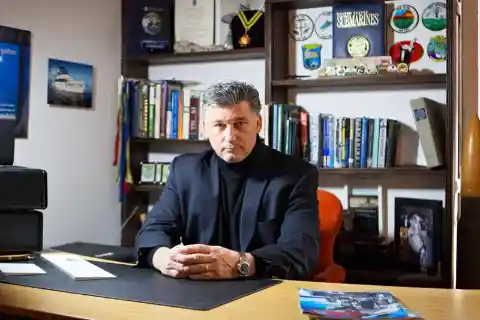
When Tim set his mind to something, he would totally immerse himself until the job was done. And there was one mystery of the deep that Tim had been obsessed with ever since he first came across it.
Missing Sub
Tim’s passion project was the USS Grayback, which went missing in 1944 off the coast of Okinawa.
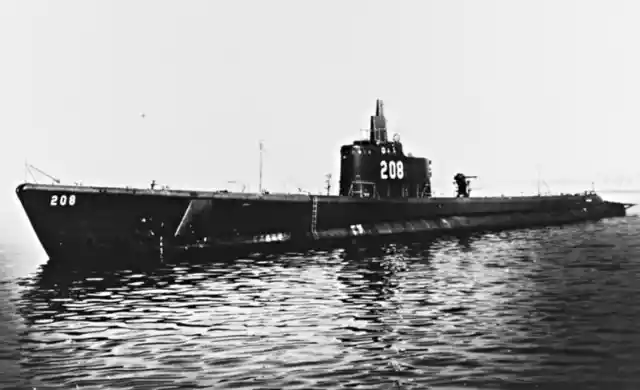
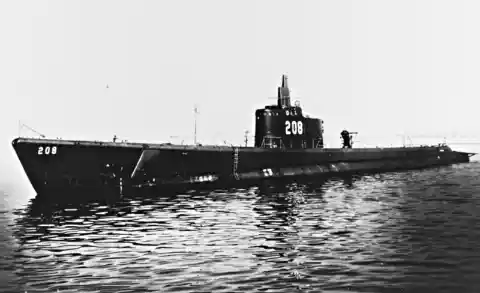
The impressive vessel was 307 feet long, 27 feet wide, and capable of traveling at 20.9 knots. In short: it was big and it was fast. So how could such a valuable military asset just disappear off the face of the Earth?
Going Deeper
The Grayback was involved in several top priority patrols in the western Pacific. Of its 10 missions, the Grayback took out 14 ships and even managed to sink an Imperial Japanese sub.
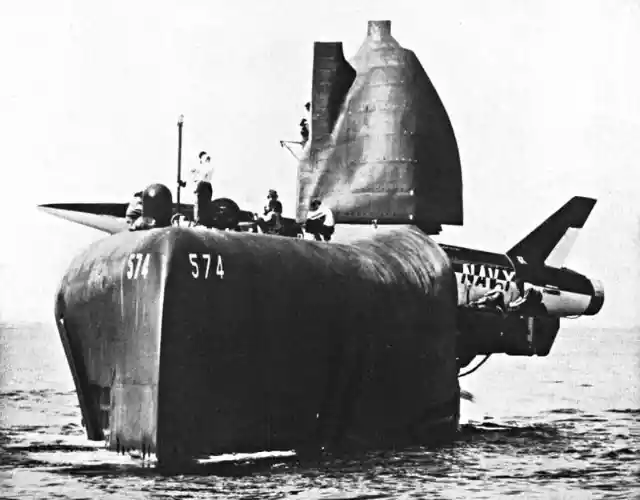
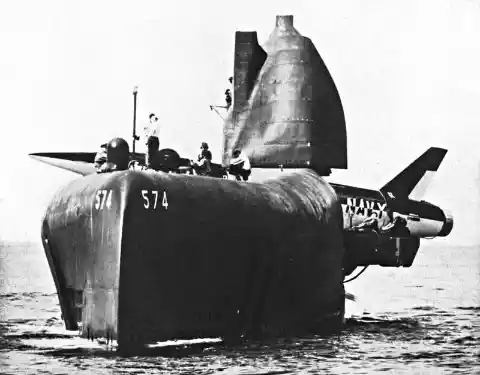
Surely the Navy would keep track of such a successful asset. Well, as Tim dove a little deeper, it was clear they had made a huge mistake that meant the Grayback would be lost for years.
War Machine
Before it disappeared, the Navy had been tracking the Grayback’s exploits with keen interest. Submarine vs submarine warfare is actually not very common. The whole idea of a submarine is that it take out large battleships without being detected, not go after other covert vessels.
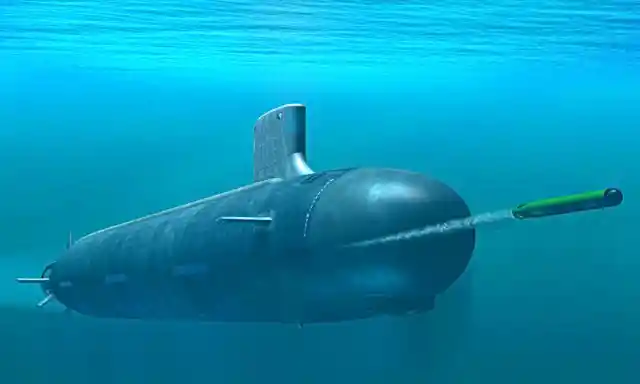
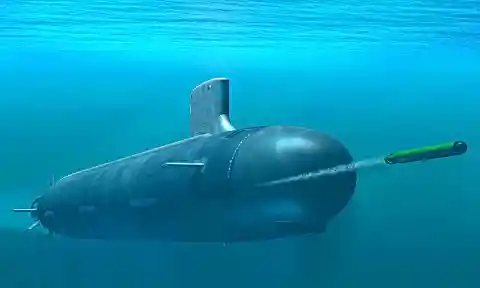
But the Grayback wasn’t messing around. The warrior sub took out any enemy that dared come within range of its ferocious firepower. Until the fateful morning of February 26, 1944.
Luck Runs Out
On that day, the Grayback was sunk by enemy combatants, but the US Navy didn’t discover the Okinawa attack until the following month when it was reported it hadn't docked on Midway Island.
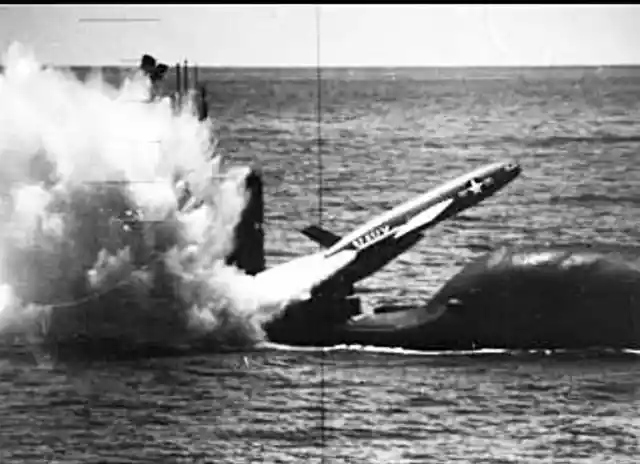
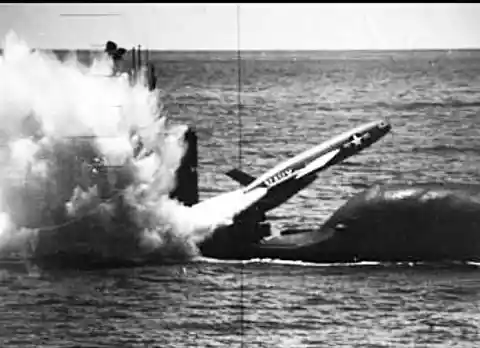
Of course, Tim knew this much. He also knew the Grayback was taken out by a Nakajima B5N “Kate” bomber with a 500-pound bomb before being repeatedly hit with depth charges. So why then, with all this information, had it been impossible for Tim to pinpoint the Grayback’s whereabouts?
Fresh Lead
Tim and the Lost 52 project had pored through every document on how the Grayback met its end, but he came home from every expedition empty-handed. So when an amateur Japanese historian reached out to Tim with fresh information, his interest was piqued.


The scholar had come across something curious when he was going over some old war records from 1944. Even more curiously, it wasn’t the historical details of the accounts that had caught his eye.
Grave Error
Yutaka Iwasaki had found a mistranslation in the report of the Grayback’s demise - an error so small that it had gone unnoticed for the best part of a century.
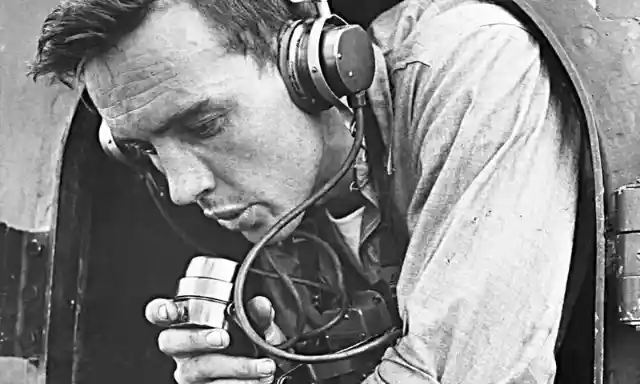
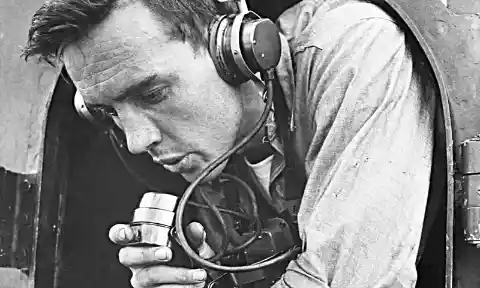
A single digit has been transcribed incorrectly in the coordinates, and the reality of what that meant for the search hit Tim like a torpedo. He had been looking for the Grayback more than 100 miles in the wrong direction.
Urgent Expedition
As soon as he realized why he’d never found it, Tim grabbed the phone right away and mobilized his team to sail out to the location as soon as possible.
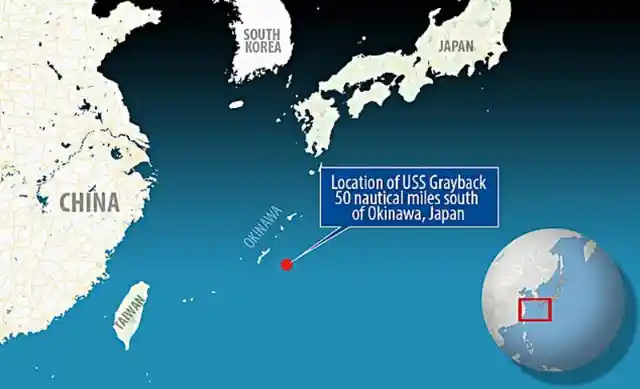
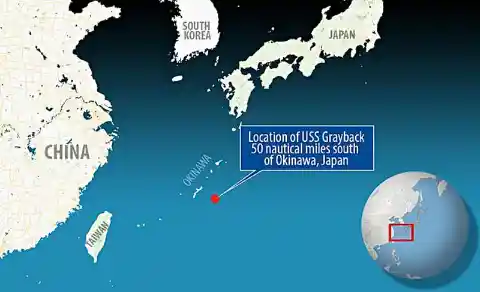
Within days, Tim’s team was in position. With the help of drones equipped with high-definition cameras, they quickly spotted something big on the ocean floor. But in his excitement, Tim hadn’t checked the integrity of the vehicle as well as he should have.
Troubled Waters
Once the drones had detected that there was something 1,400 ft below the surface worth looking into, Tim deployed an autonomous underwater vehicle (AUV) to gather more data using sonar.
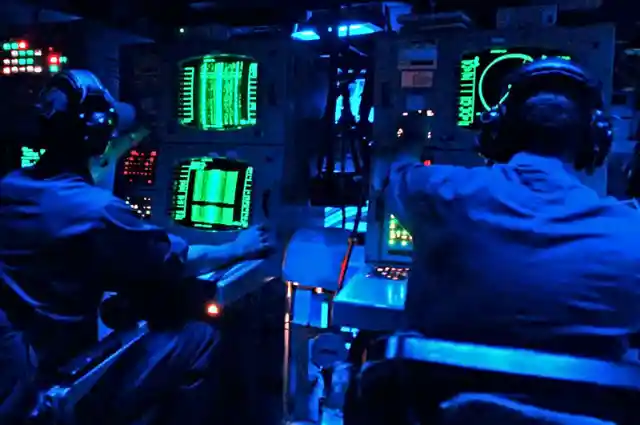
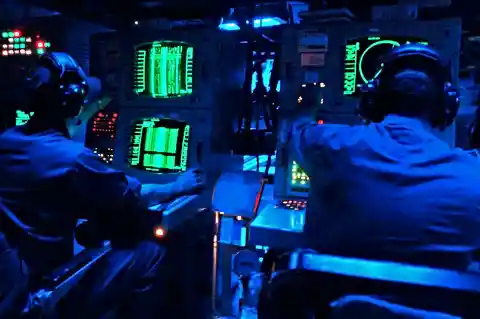
Tim’s eyes were fixed on the screen as the AUV descended to investigate what the drones had identified. Suddenly, two anomalies appeared on the screen. Seconds later, the AUV sent back a distress signal.
Whatever It Takes
Finding the Grayback meant everything to Tim, and he wasn’t about to let a little thing like a malfunctioning AUV get in the way of that.
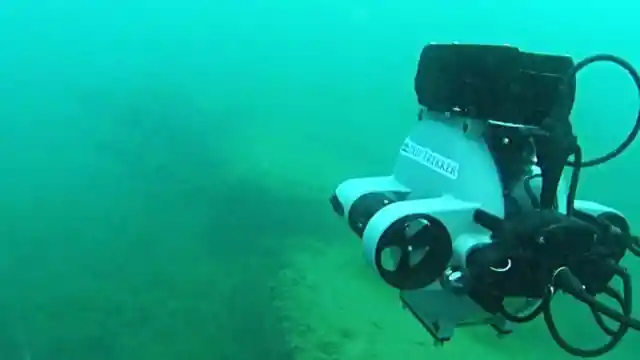
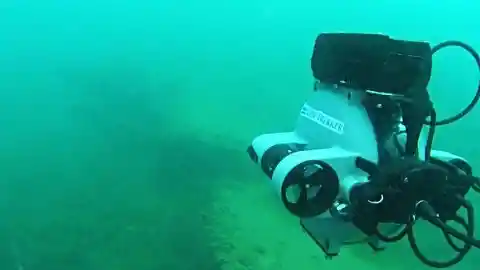
Despite the last-minute preparations to get the expedition underway, Tim had the foresight to bring a backup AUV, which he gave the green light to launch the moment he realized there had been an issue. Tim was walking away with that submarine today - if it was the last thing he did.
The USS Grayback
Tim watched the AUV camera with bated breath. His eyes grew wider as the shadowy wreckage slowly came into focus on the screen. After all these years, he had found the USS Grayback.
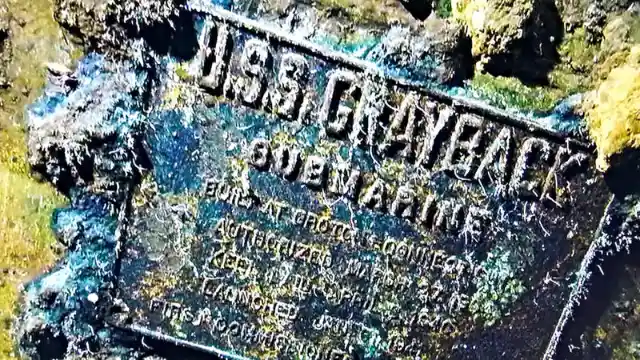
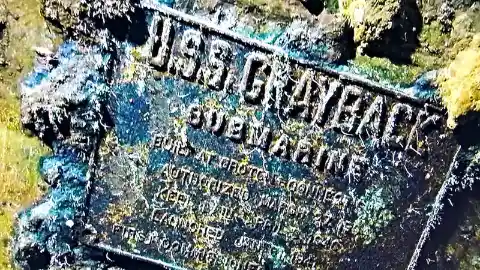
What that one eagle-eyed researcher had spotted in a mistranslation had led him to the sub’s final resting place 75 years after it sank. Tim was over the moon. But as the images became clearer, Tim realized there would be a lot more to recovering the wreckage than he’d imagined.
Blown Apart
Due to the severity of the attack that plunged the Grayback to the depths of the ocean, the submarine was in two pieces. And there was a large hole in the stern.
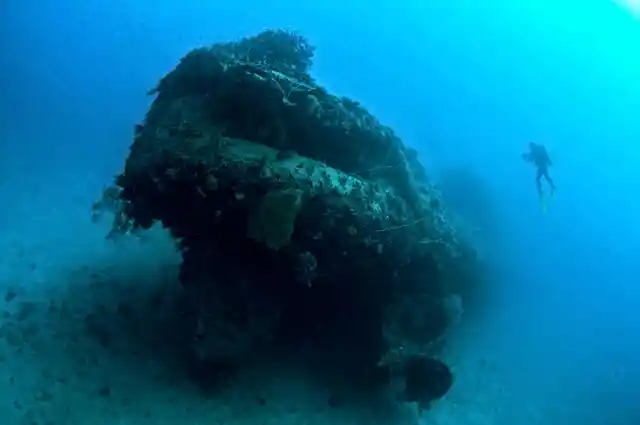
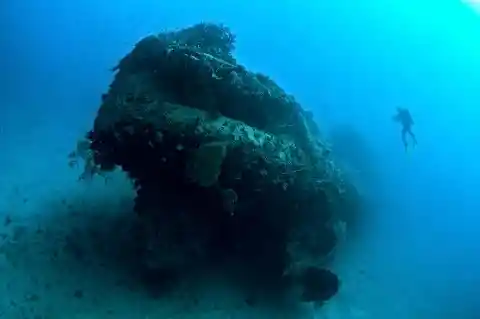
Tim determined that the submarine had suffered a direct hit to both the front and rear torpedo rooms, causing two massive explosions. The deck gun had been struck by the aerial bomber and was later found 400 feet from the rest of the submarine.
Lessons Learned
So far, Tim’s Lost 52 project has recovered 11 subs. Submarines like the Grayback informed the design of future submarines, which are now all nuclear to avoid the need to operate on the surface where they're vulnerable to attacks (diesel engines can’t operate while submerged).
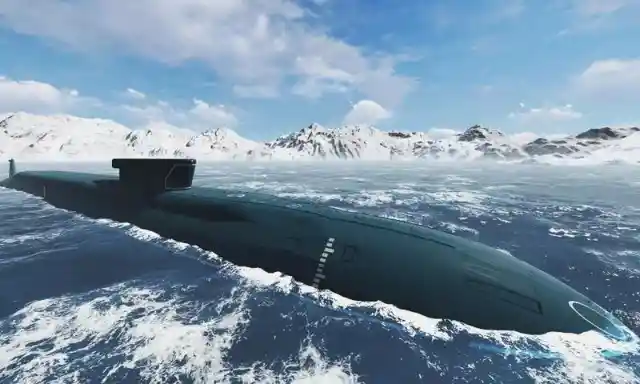
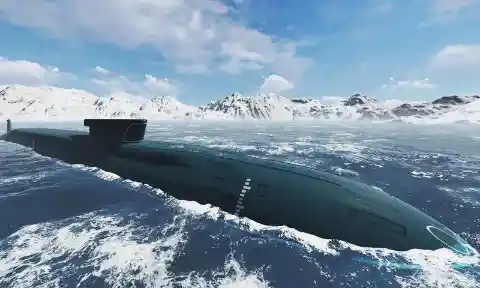
Can you imagine how many other historical artifacts may have been lost due to tiny errors in translation?